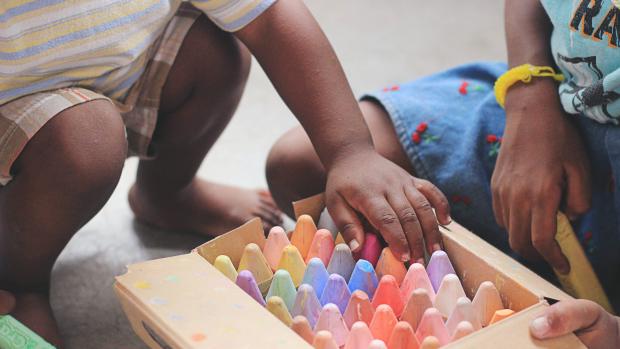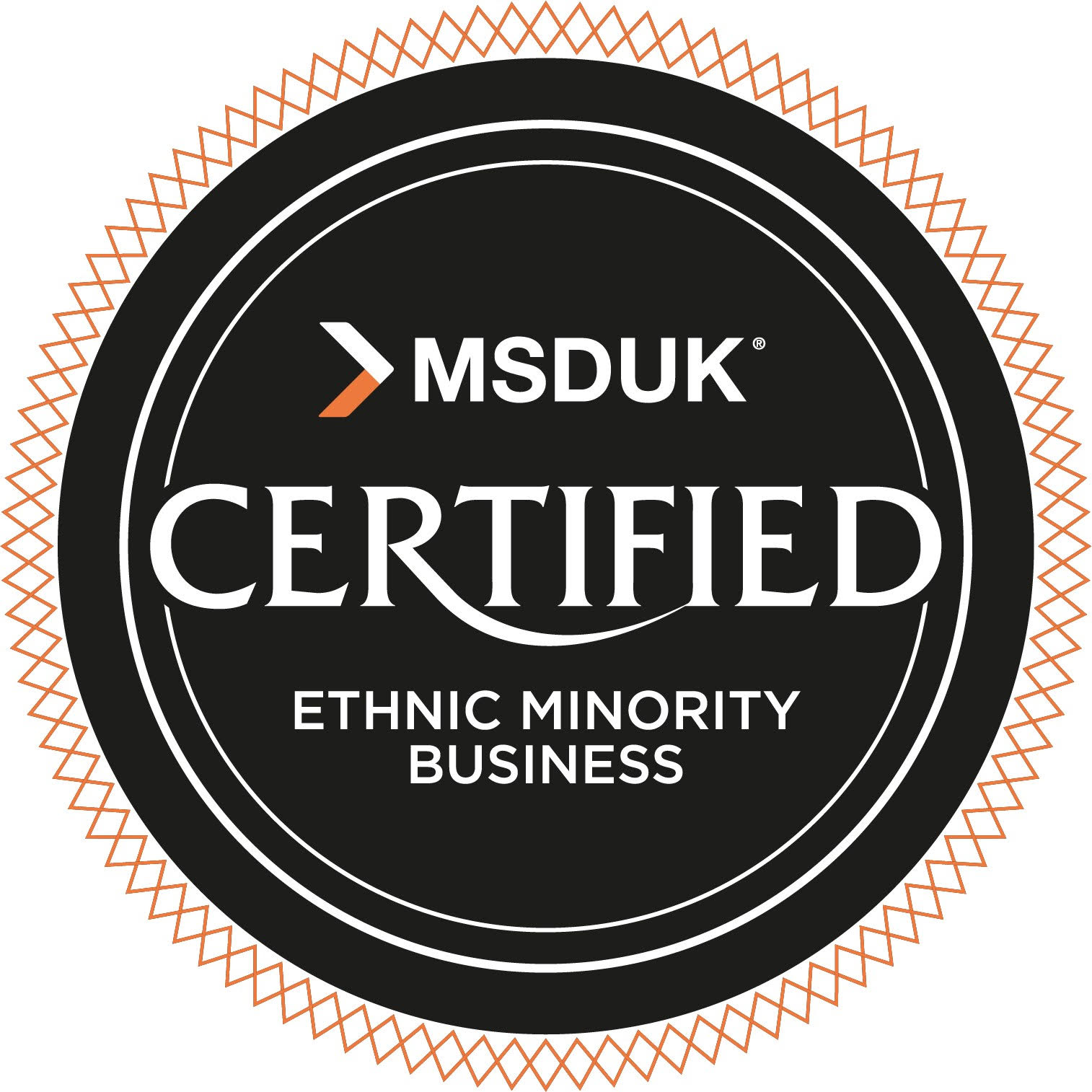
Polluted environments kill 1.7 million children anually – WHO
One of the reasons why I like writing on this paperless blog is because I get to talk about the real issues that we face in our world. I am not an activist, or a life saver, or a teacher; all admirable people. However, on this blog, even if it’s for a moment, I somewhat become these three people, all at once.
I transform into this eco-activist that preaches saving our planet, and going paperless with companies like SignTech. I become a life saver by promoting ways in which we can make environmentally conscious decisions that can save the lives of people, both now, and in the future. And, I take the role of a teacher. I share with you, my dearest readers, about what is happening in the world, as we know it; and what could happen through our actions. And, I love that about my job.
So today, what I wanted to share is sad, but necessary to be spoken about. I saw an article on CNN citing how 1.7 million children annually die from pollution.
These children they were referring to are generally between the age of 1 month to 5 years old. And, to put it bluntly, they are dying due to our carelessness.
Statistically, a quarter of all global deaths of children under five are due to unhealthy or polluted environments including dirty water and air, second-hand smoke and a lack or adequate hygiene, according to the World Health Organization (WHO).
“A polluted environment is a deadly one -– particularly for young children,” WHO Director-General Margaret Chan said in a statement. “Their developing organs and immune systems, and smaller bodies and airways, make them especially vulnerable to dirty air and water.”
It's saddening because these deaths are completely preventable. Yes. They do not have to happen. It’s not one of those things that we are helpless to "oh no, woe is us, there is nothing we can do about it." Nope. We are not helpless.
One new report highlights that the most common causes of child death can be prevented through interventions already available to the communities most affected. These causes are diarrhea, malaria and pneumonia, which can be prevented using insecticide-treated bed nets, clean cooking fuels and improved access to clean water.
The resources are generally already there in a lot of these communities. That’s the worst part! They are. They are just not adequately managed or utilized. A lot of times, it stems from ignorance about the need for some certain precautions.
"A polluted environment is a deadly one -- particularly for young children," Dr. Margaret Chan, the WHO director-general, said in a statement. "Their developing organs and immune systems, and smaller bodies and airways, make them especially vulnerable to dirty air and water."
Infants exposed to indoor or outdoor air pollution, including secondhand smoke, have an increased risk of pneumonia during childhood as well as an increased risk of chronic respiratory diseases -- such as asthma -- for the rest of their lives, one report states. "Investing in the removal of environmental risks to health, such as improving water quality or using cleaner fuels, will result in massive health benefits," said Dr. Maria Neira, director of the WHO's Department of Public Health, Environmental and Social Determinants of Health. "A polluted environment results in a heavy toll on the health of our children."
John Holloway, professor of allergy and respiratory genetics at the University of Southampton, stressed that things can be done to help solve the problem, and said that authorities and individuals should act now -- as well as think long-term -- to protect the health of future generations.
"We all have a responsibility for reducing environmental pollution," he said. "This is going to require changes in society such as better monitoring of pollution and taking into account the true long-term economic cost of pollution when assessing the cost of measures to reduce environmental pollution."
We have a responsibility to protect the future. Children represent the future. And, they do not deserve their lives to be taken away from them, before it has even begun.
SignTech Forms is an innovative paperless platform that converts existing forms and documents into paperless forms that can be completed on mobile devices and electronically signed seamlessly (with full data integration). For more information visit www.signtechforms.com or email expert@signtechforms.com.


